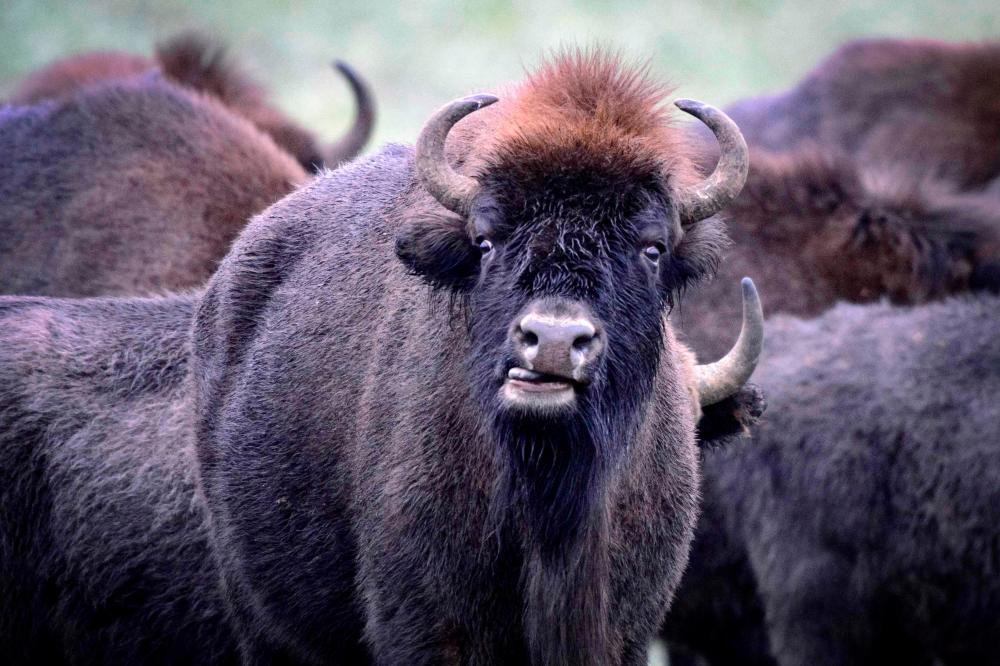MOSCOW: Belarus warned on Friday that Poland's border fence erected to deter illegal migrants was threatening the existence of the iconic European bison.
The primeval Bialowieza Forest, which is located on the border between Poland and Belarus, is home to Europe's largest bison population.
Last year Poland built a steel wall along its border with Russian ally Belarus to deter illegal crossings.
The Belarusian foreign ministry said on Friday that the border fence presented a danger to the animals, preventing their free movement and threatening to impoverish the animal's gene pool.
“Poland’s work to erect a fence on the border with Belarus is once again threatening the existence of the European bison,“ the foreign ministry said in a statement.
The construction of the border fence has repeatedly raised environmental worries about the effect on wildlife along the mostly forested border.
The Polish foreign ministry rejected the claim and accused Belarus of manipulating facts and seeking to “use ecological issues against Europe”.
“These accusations have been levelled for months,“ the Polish foreign ministry spokesman Lukasz Jasina told AFP on Friday.
“Yet the bison gene pool is limited in principle as they all hail from the same individuals that appeared there in the 1920s, as a result of rescue efforts by Poland’s government at the time.”
The European bison, which once roamed across Europe, is a conservation success story.
By the 1920s their numbers were so reduced that surviving specimens were rounded up into zoos and a breeding programme was launched in Poland.
After reintroduction into the wild in 1952, the broad-shouldered beasts thrived and are no longer considered threatened with extinction by the International Union for the Conservation of Nature (IUCN), the keepers of the Red List.
According to Belarus, the Bialowieza Forest, a UNESCO World Heritage Site, was home to around 1,4000 European bison last year. - AFP










